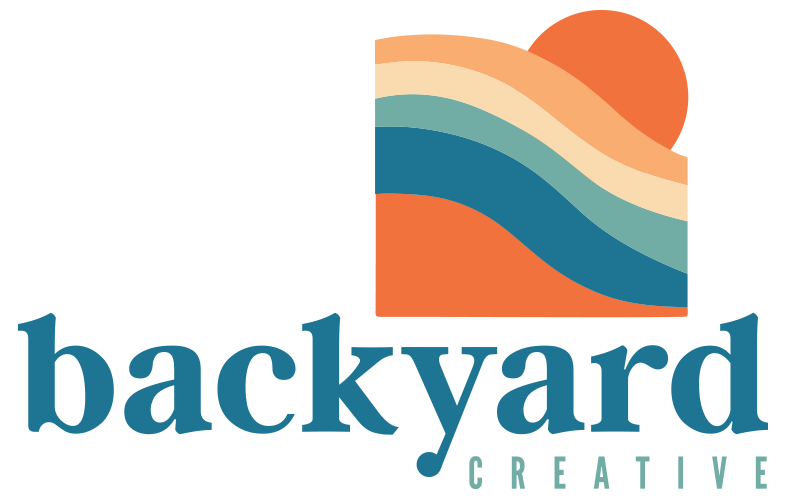Why Building a Website Feels So Emotional (And What to Do About It)
If you've ever felt overwhelmed, anxious, or even teary while trying to build your website, you're not alone. As a web designer, I've seen again and again that creating a website is not just a tech task. It's a deeply personal journey — one that often brings up fear, doubt, and resistance.
Why? Because a website isn’t just a bunch of pages and buttons. It’s a public declaration of your identity. It asks you to get clear on what you offer, who you are, and how you want to be seen. That can stir up all kinds of feelings, especially if you’re in a time of transition or growth.
Let’s unpack why building a website can feel so emotionally charged — and how to move forward with more calm and clarity.
1. Your website is identity made visible
Your site is often the first place you’re articulating what you do and who you help. This makes it personal, not just practical. It’s vulnerable to say: “This is who I am.”
That’s why so many people hit blocks like:
What if I get this wrong?
What if people don’t take me seriously?
What if I’m not ready?
Who am I to be doing this?
What do I really offer?
How do I want to be seen?
These are real fears. And they often show up right when you start writing your About page or choosing your services.
All of these fears can trigger deep imposter syndrome, uncertainty, and self-comparison. People feel like they’re not just launching a site — they’re launching themselves.
2. The website symbolises a bigger shift
Often, the website is happening because something’s changing — a career pivot, a new business, a move into consulting. That means the site becomes a kind of threshold: a signal that the new chapter is real. It says: “I’m doing this for real now.”
That can spark:
Fear of failure or being judged
Grief over an old identity they’re leaving behind
Paralysis around committing to one thing when everything still feels up in the air
The website becomes a lightning rod for all of the transition anxiety. That pressure can be paralysing. Suddenly every word feels like it has to perfectly reflect your entire journey, vision, and offer. Which, of course, it can’t. (Nor should it!)
3. Resistance is part of the creative process
As Steven Pressfield describes, any time we do creative, self-led work, we encounter resistance. It’s sneaky and shape-shifting: it looks like procrastination, perfectionism, second-guessing, looping conversations, or avoiding decisions.
That doesn’t mean anything’s wrong — it means you’re doing the work.
When you sit down to clarify your message, you may meet:
Perfectionism (“I have to get this exactly right or it will flop”)
Fear of visibility (“What if I’m seen and people don’t like it?”)
Discomfort with narrowing focus (“I don’t want to box myself in”)
“Don’t prepare. Begin. Our enemy is not lack of preparation. The enemy is resistance, our chattering brain producing excuses. Start before you are ready.”
4. Confusion is often internal, not external
If you feel unclear about what to put on your site, it might not be a web design issue — it could be a sign that your offers, voice, or business model still need refining. That’s okay! But it’s helpful to recognise that your website can’t give you that clarity. It can only reflect what you already know.
That’s why a good website is often an outcome of your clarity, not the source of it.
So, what helps?
Know that this is normal. You’re not behind or broken. Everyone hits emotional bumps in this process.
Take imperfect action. Your website doesn’t need to be the be-all and end-all. It’s a starting point.
Break it down. Focus on small, clear next steps rather than trying to ‘solve’ your whole business through your homepage.
Get support (the right kind). Sometimes, a business coach, mentor, or therapist is a better fit for the deeper stuff that comes up — and that’s okay.
Final thoughts
Yes, your website is important. But you don’t need to have it all figured out before you hit publish. Let it be a living, evolving expression of your work — not a fixed monument to who you are. And remember: clarity comes as you muddle through it, not before you start. If this is something you need to discuss with a seasoned web designer, get hold of me and let’s figure it out together.

